What Are Plastic Roads?
Important Point
- Plastic Roads are roads that are made completely of plastic or composites of plastic made with other materials.
- Difference between a Plastic Road and a standard road is that standard roads are made entirely of asphalt concrete, which consists of mineral aggregates and asphalt, where as plastic roads are made up of composites of plastic.
- Plastic Roads are generally of two kinds.
- The first type of plastic road is made up of modular, hollow and prefabricated road elements made from waste consumer plastics.
- The other type of plastic road is made by Asphalt mix with waste plastic products incorporated into the asphalt mix.
How to Make Plastic Roads?
- The construction process of Plastic Roads varies as it is a relatively new idea.
- In Jamshedpur Plastic Roads are constructed from a mixture of plastic and bitumen.
- In Indonesia Plastic Roads are being made using a plastic-asphalt mix.
- Since Plastic Roads are made from recycled plastics, the first in constructing them is to collect and manage the plastic products.
- The plastic materials needed for building the Plastic Roads consist mainly of common post-consumer products such as packing of products.
- The most common plastic used in packing of products is Polyethylene terephthalate (PET or PETE), Polypropylene (PP), and high low density polyethene (HDPE and LDPE).
- The next step is sorting the collected waste plastic materials.
- After sorting the collected waste plastic products, the materials are cleaned, dried and shredded.
- Then the shredded plastic is melted at around 170 degree Celsius.
- In the melted plastic hot bitumen is added and mixed thoroughly.
- After the mixture of bitumen and plastic is laid on the road as one would with regular asphalt concrete.
Useful Article for You
- What Is a Contour Interval
- What Is Tile
- What Is the Difference Between a Shower Pan and a Shower Base?
- What Is a Window Panel
- Type of Arch
- What Is a Frame Structure
- What Is the Measurement for a Queen Size Bed
- What Is Considered Livable Space
- What Is One Way You Can Save Electricity?
- What Is Mdf Mean
- What Is a Bundle of Shingles
- What Is a Gallon of Water Weigh
- What Is SuperelevationWhat Is Overhang
- What Is Sand Blasting
- What Is a Span Bridge
- What Is the Little Black Diamond on a Tape Measure
- What Is a Louvered Door
- What Is a Spread Footing
- What Is Leveling
- Different Types of Beam
- What Is Plumbing Fixtures
- What Is Calacatta Quartz
- What Is Auxiliary View
- Sheepsfoot Roller
- Live Load Vs Dead Load
- What Is 1 Flight of Stairs
- What Is Refractory Cement
- Dry Pack Concrete
- What Is Luminous Flux Vs Lumens
- What Is a Frost Wall
- What Is an Undercoat
- What Is Road Pavement
- Gravity Dam Advantages
- Arch Foundation
- What Is a Stair Landing
- What Is Stone Masonry
- What Is a Spandrel Beam
- What Is Pier and Beam Foundation
- What Is a Pile Cap
- What Is a Mat Foundation
- What Is a Floating Slab
- What Is the Purpose of Foundation
- What Is Modulus of Rupture
- What Is a Flush Door
- What Is Residential Construction
- What Is the Best Foundation for a House
- What Is Oblique Drawing
- What Is a Benchmark in Surveying
- What Is a Engineering Drawing
- What Is an Admixture
- What Is a Monolithic Slab Foundation
- What Is the Standard Size Water Supply Line
- What Is the Difference Between Tension and Compression?
- What Is a Tremie
- What Is Tributary Area
- What Is Shoring Construction
- What Is a Cason
- What Is Wall Putty
- What Is the Difference Between Mortar and Concrete
- What Is Bhk
- What Is Sbc of Soil
- What Is Plinth Level
- What Is Water Proofing
- What Is Mix Design of Concrete
- What Is Fine Aggregate
- What Is Retention Money
- What Is Design Mix
- What Is Isometric Scale
- What Is Development Length
- What Is Micro Piling
- What Is Soil Stack
- What Is a Half Wall Called
- Zero Force Members
- How Much Does a Yard of Concrete Weigh
- Cmu Wall Meaning
- Budget Sunroom Ideas
- What Is Gypsum Board
- Types of Vaulted Ceilings
- Well Points
Who Invented Plastic Roads?
- The plastic road was invented by Rajagopalan Vasudevan, an Indian scientist, who was born in Tamil Nadu.
- Rajagopalan Vasudevan has mainly worked in waste management and is currently a professor at Thiagarajar College of Engineering.
- Rajagopalan Vasudevan developed this innovative method of construction of roads using plastic waste which is better, more durable and very cost-effective than regular asphalt roads.
- Rajagopalan Vasudevan was awarded Padma Shri for this innovative method of road construction.
Also, Read: What Is a Classified Road | Classification of Roads in India
Plastic Roads in India:
- India has built 21,000 miles of roads using waste plastic in December 2019. India has almost 33,700 km of plastic roads till now which means that every 1 km road uses 1 million plastic bags.
- The first city in India to globally adapt Plastic road technology was Chennai. Chennai municipality adapted this technology in a big way by commissioning 1000 km of Plastic roads in the year 2004.
- Since then many municipalities across India have experimented and implemented this technology such as Pune, Mumbai, Surat, Indore, Delhi, Lucknow, etc.
First Man Made Plastic Road:
- Zwolle in Overijssel Province, the eastern part of Netherlands, the world’s first 30-meter plastic road was constructed and opened on September 2018.
- The next Plastic Roads was constructed on Giethroon, known as Venice of the Netherlands, in November 2018.
Advantages of Plastic Roads:
- Construction of Plastic road makes the roads stronger with increased Marshall Stability value.
- Construction of Plastic road gives roads better protection from rain water and prevents water stagnation.
- While construction of Plastic roads no stripping and potholes are needed.
- Plastic roads have increased binding and better bonding of the mixture components than regular asphalt roads.
- Plastic Roads have a reduction in pores of the aggregates, which leads to less rutting and ravelling.
- Plastic Roads have no effect of radiation like UV.
- The overall strength of Plastic Roads is increased by 100 percent.
- The property of withstanding load is increased in Plastic Roads. This feature helps in satisfying now a day’s need for increased road transports.
- For the construction of Plastic Roads of 1 km X 3.75 m, 1 ton plastic is used and 1 ton of bitumen is saved.
Also, Read: Road Development Plans in India
Disadvantages of Plastic Roads:
- The toxics present in the plastic wastes used in Plastic road construction would start leaching, which creates difficulty while cleaning.
- During the road laying process the mixture of asphalt and plastic will release noxious HCL gas in the presence of chlorine from the surrounding.
- After the laying of the Plastic road it is often found that the first rain will result in leaching, as the plastics will form a sticky layer over the surface of the road.
- The components of the Plastic road once it has been laid cannot be inert.
List of Plastic Roads in India:
- Chennai has been experimenting with plastic roads since 2011 though plastic roads may be a new concept in many parts of India. In recent years, Chennai has used nearly 1,600 tonnes of waste plastic materials to construct 1,035.23 kilometres length of plastic roads, which include N.S.C Bose road, Halls road, Ethiraj Silai Street and Sardar Patel Street.
- Pune municipal corporation has constructed a 150 meter long stretch of Bhagat lane using bitumen technology on waste plastic, to construct a plastic road at Navi Peth near Vaikunth Crematorium in 2016. The other places in Pune where plastic roads are constructed include Dattawadi Kaka Halwai Lane, Katraj Dairy, Magarpatta City HCMTR Road, Kavde Mala Road, Koregaon Park Lane No 3 and Yeravada Sadal Baba Darga Road from Chandrama Chowk.
- In Jamshedpur JUSCO (Jamshedpur Utility and Services Company), which is a subsidiary company of Tata Steel, constructed a twelve to fifteen km road in the steel city as well as in Tata Steel Works using the plastic road. This includes a nearly 1 km stretch in Ranchi, 500m stretch each in Dhurwa and Morabadi, 3 km of plastic roads in Chas and Jamtara each and 500m stretch in Giridih.
- In Madhya Pradesh near Indore, the Madhya Pradesh Rural Road Development Authority (MPRRDA) has constructed around 35 km of plastic roads in 17 districts with waste plastic materials on 2014.
- In Surat in January 2017, the idea of using plastic-bitumen mix to construct roads was executed. The problem of potholes was greatly reduced as no cracks developed in a place where roads were layered with waste plastic.
- In Meghalaya the use of Plastic waste technology for road construction has penetrated deeply and was used in constructing a kilometre long plastic road by converting 430 kgs of plastic waste from a village. This road was constructed in the year 2018.
Also, Read: What Is Camber in Road | Types of Camber | Advantages of Camber in Road
Who Invented Plastic Roads
Rajagopalan Vasudevan is known as the “Plastic Man of India” and is the person who invented plastic roads. He devised an innovative way of disposing of plastic waste by using it to build roads.
Plastic Roads in India
India has built 21,000 miles of plastic roads in India using plastic waste. Till now, the country has almost 33,700 km of plastic roadways, which means every 1 km road uses 1 million plastic bags. This initiative started with the first plastic road made in India.
Disadvantages of Plastic Roads
- One of the main disadvantages of plastic roads is the cleaning process. Toxics present in the co-mingled plastic waste would start leaching.
- During the road laying process- in the presence of chlorine will release noxious HCL gas.
- After the road laying- It is opined that the first rain will trigger leaching.
First Man Made Plastic
Advantages of Plastic Roads
- Plastic-bitumen composite roads have better wear resistance than standard asphalt concrete roads, showcasing the advantages of plastic roads.
- They do not absorb water, have better flexibility which results in less rutting and less need for repair.
- Road surfaces remain smooth, are lower maintenance, and absorb sound better.
List of Plastic Roads in India
The city has, so far, used 1,60,000 (1.6 Lakh) kilos of plastic waste to build 1.035 kilometres of roads, contributing to the list of plastic roads in India.” Prominent areas in the city like the N.S.C Bose road, Halls road, Ethiraj Silai street and Sardar Patel street are layered with plastic components.
Like this post? Share it with your friends!
Suggested Read –
- Polysulfide Sealant Vs Polyurethane Sealant | Functions of Sealants | What Is Polysulphide Sealant | What Is Polyurethane Sealant
- What Are Survey Levelling | Important Terms Related to Levelling | What Are Different Types of Levelling | Types of Trigonometric levelling
- Parking In India | What Is Parking | Parking Statistics | Types of Car Parking | How to Park a Car Perpendicular | Types of Parking Spaces
- Building Layout | How to Building Layout | What Is Method of Layout of Building | Control Lines of Construction | Construction Layout
- What Is Road Pattern | Different Types of Road Patterns | Grid Pattern Definition | Radial Pattern | Rectangular or Block Pattern | Minimum Travel Pattern
- Definition of Shear Force and Bending Moment | What Is Shear Force | What Is Bending Moment | Relation Between Loading, Shear Force & Bending Moment
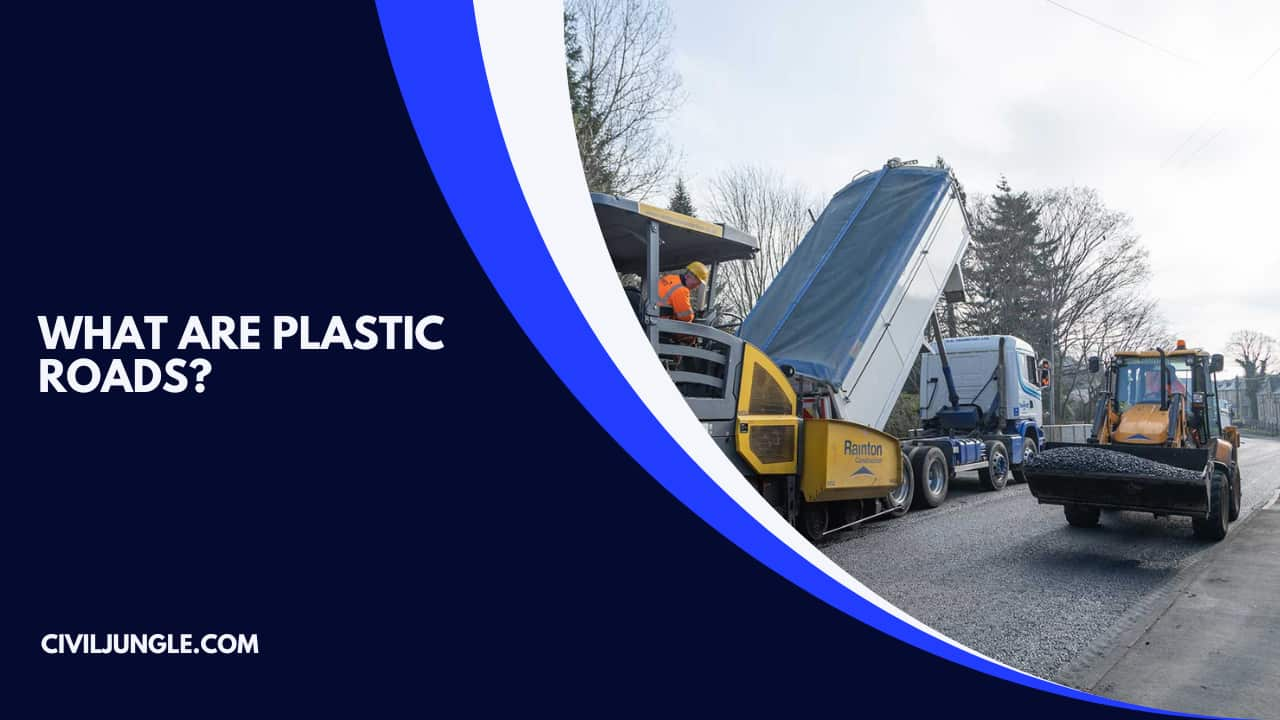
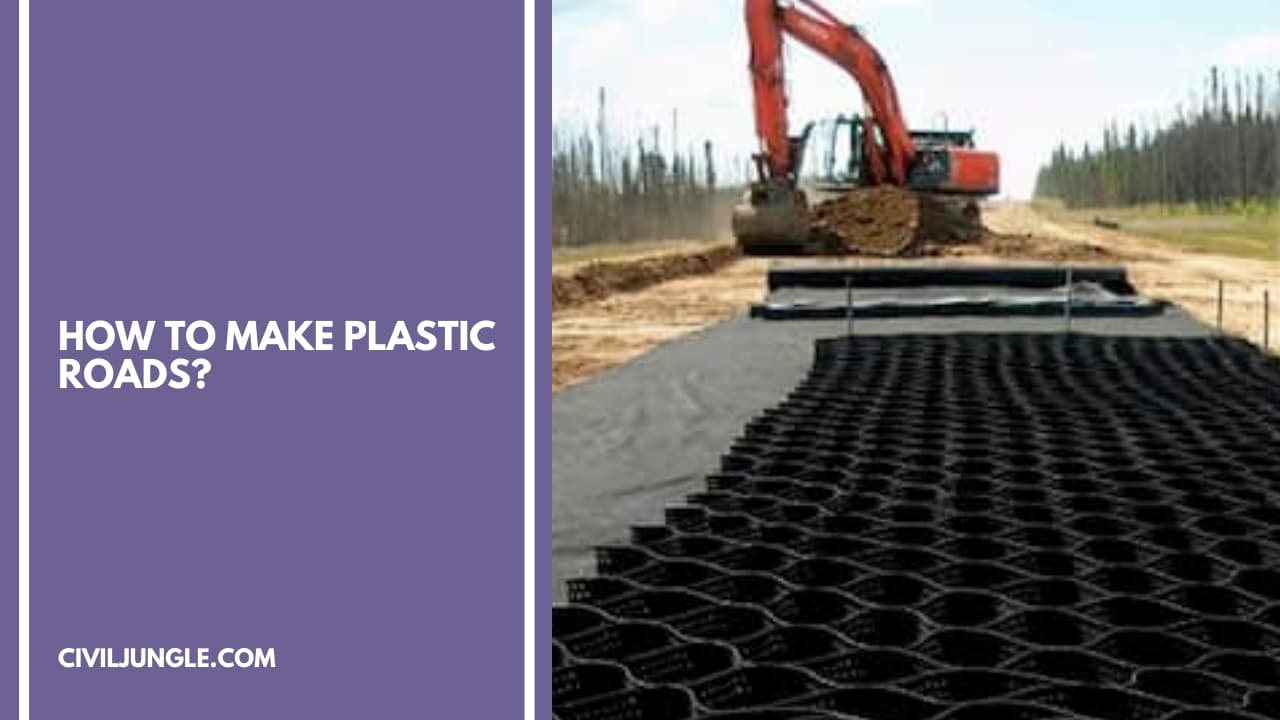
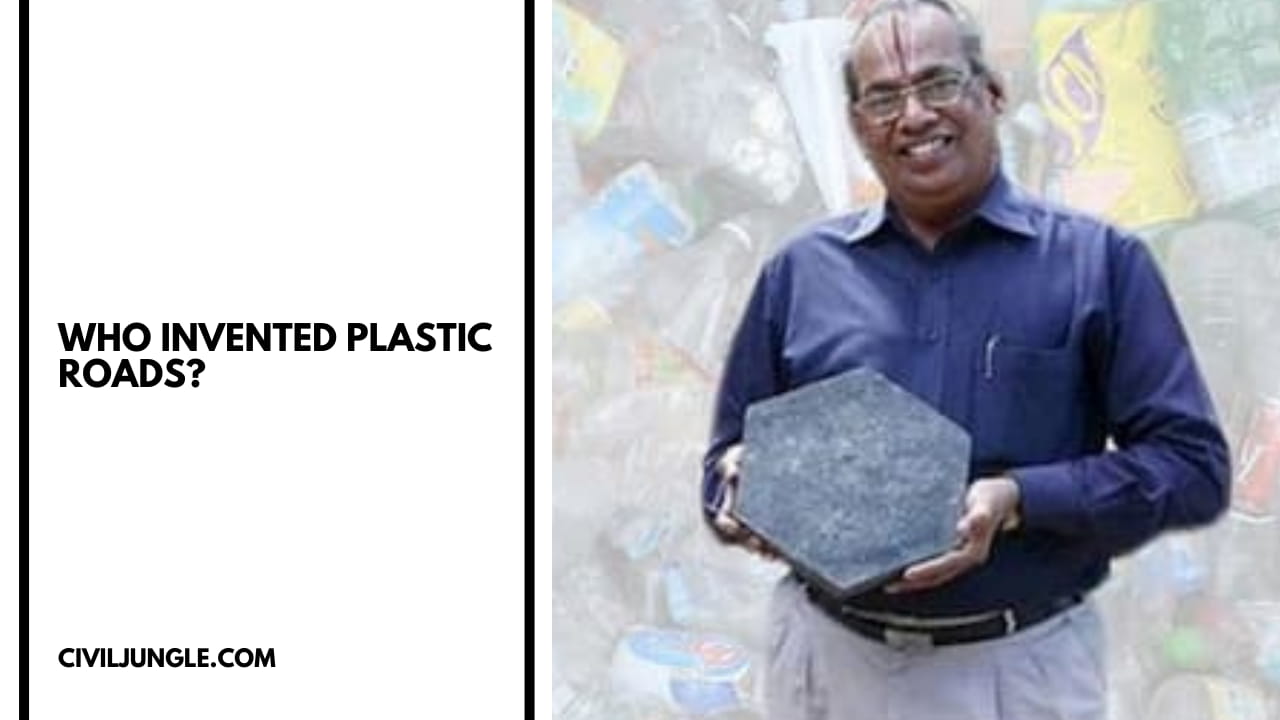
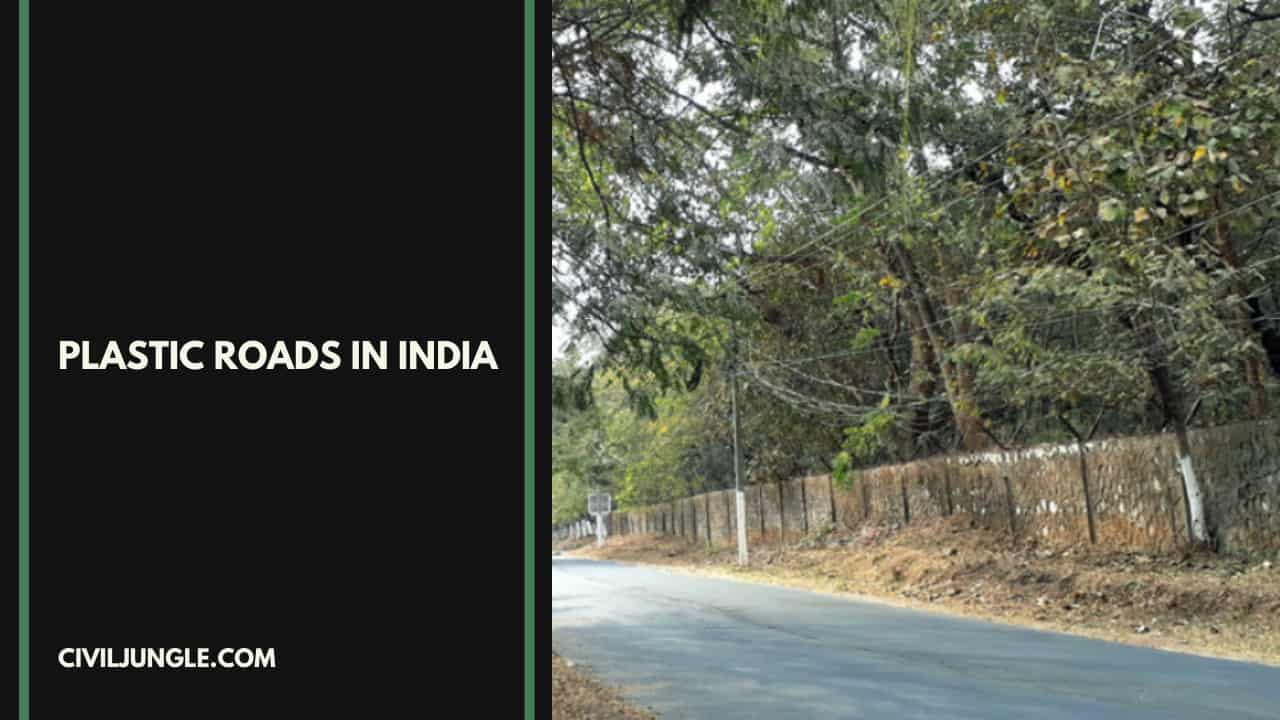
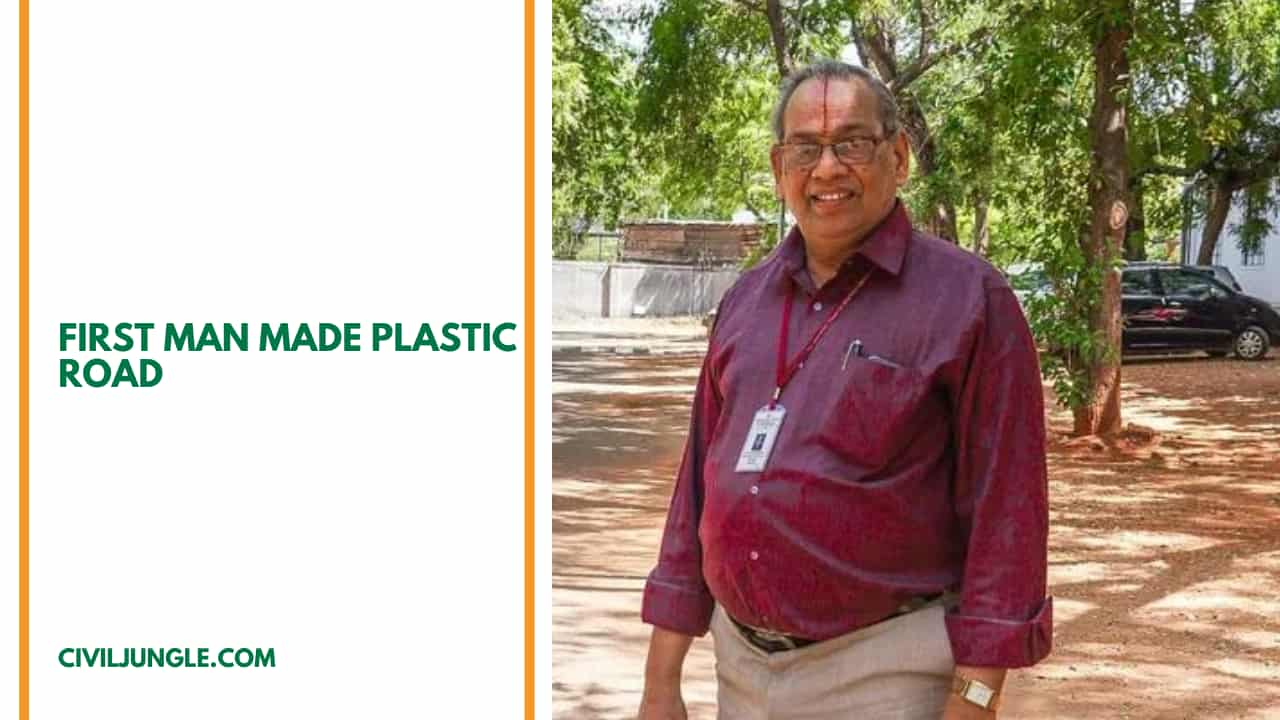
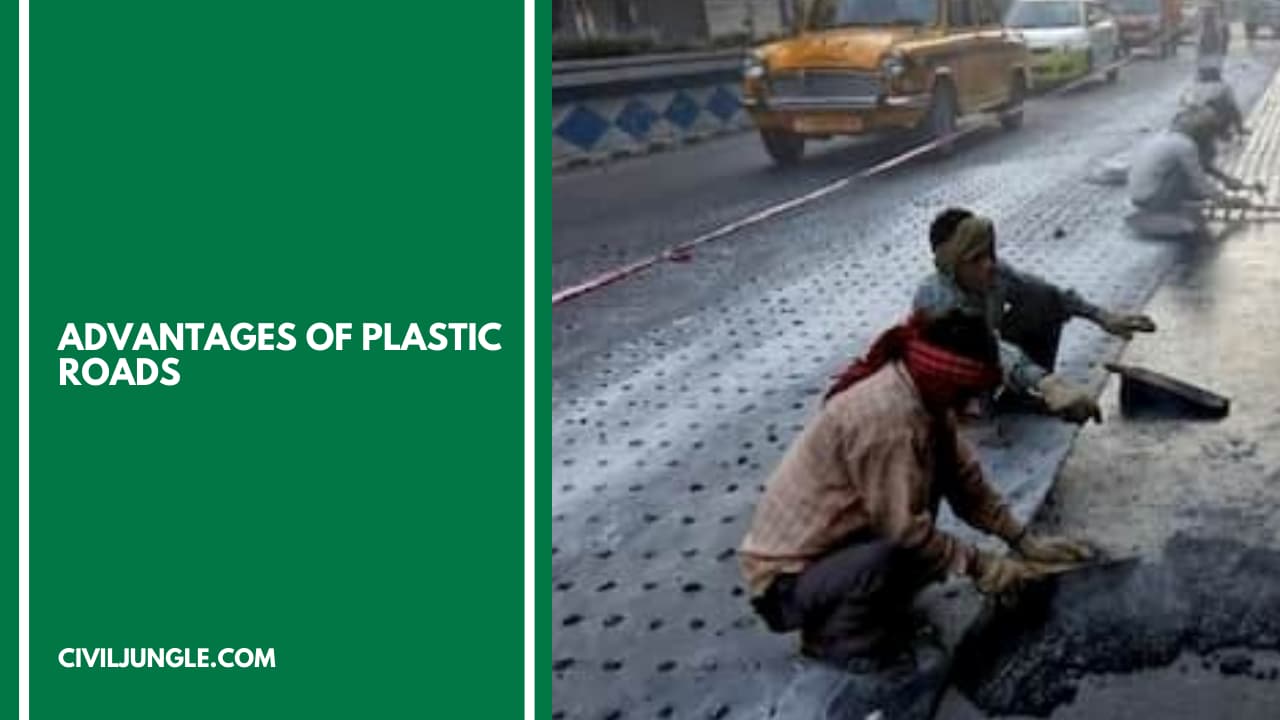

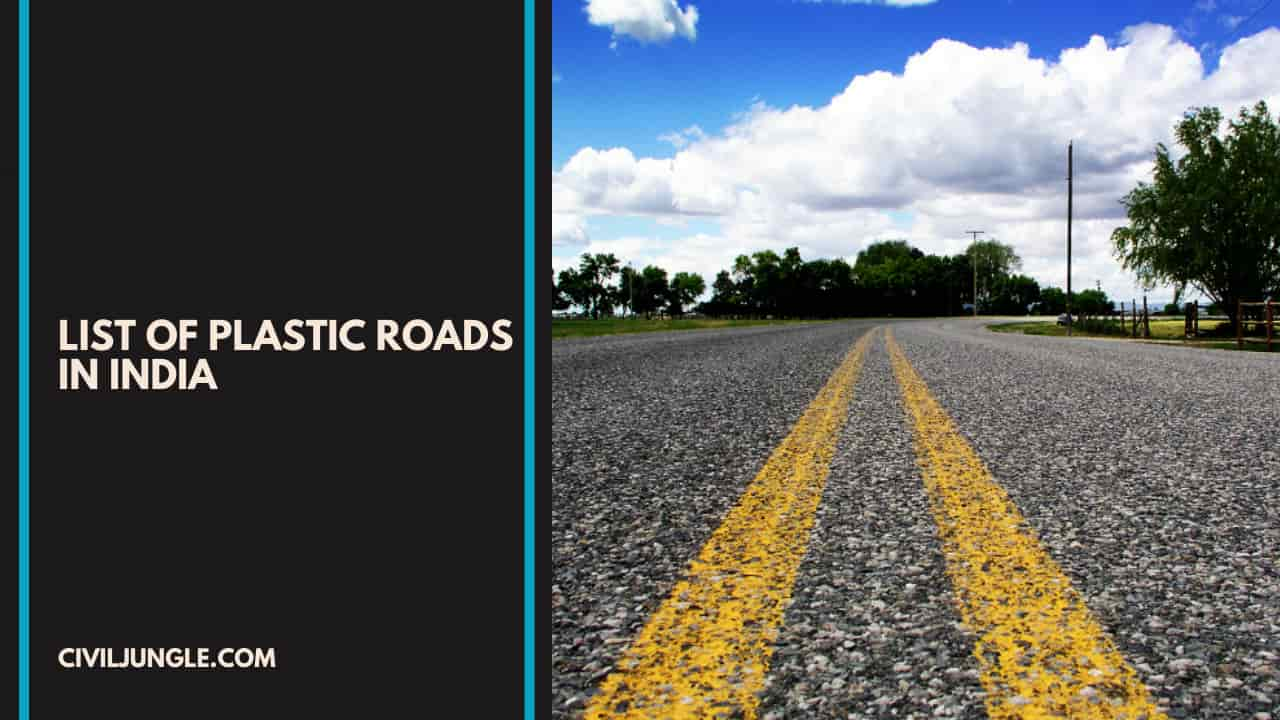

Leave a Reply